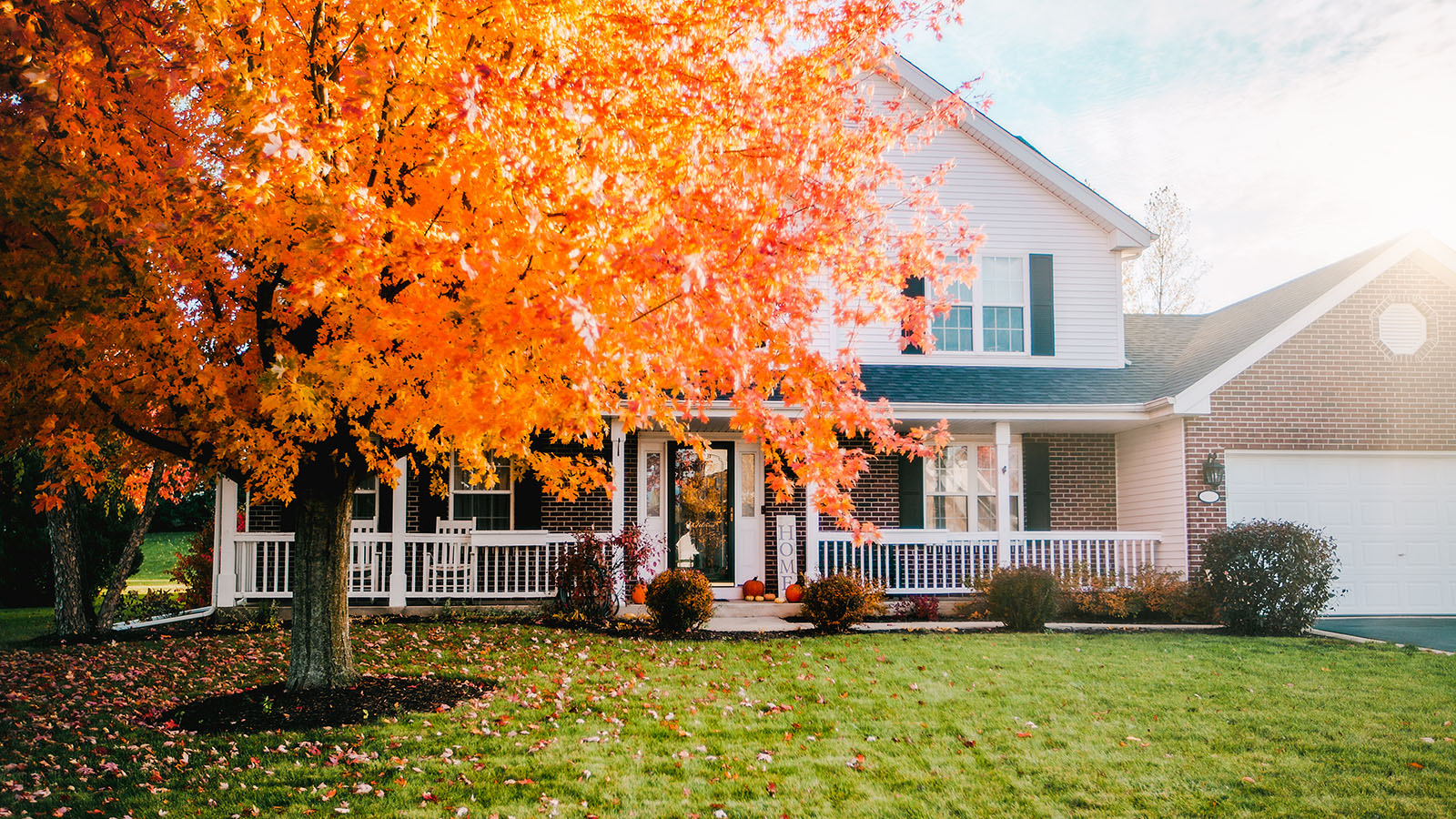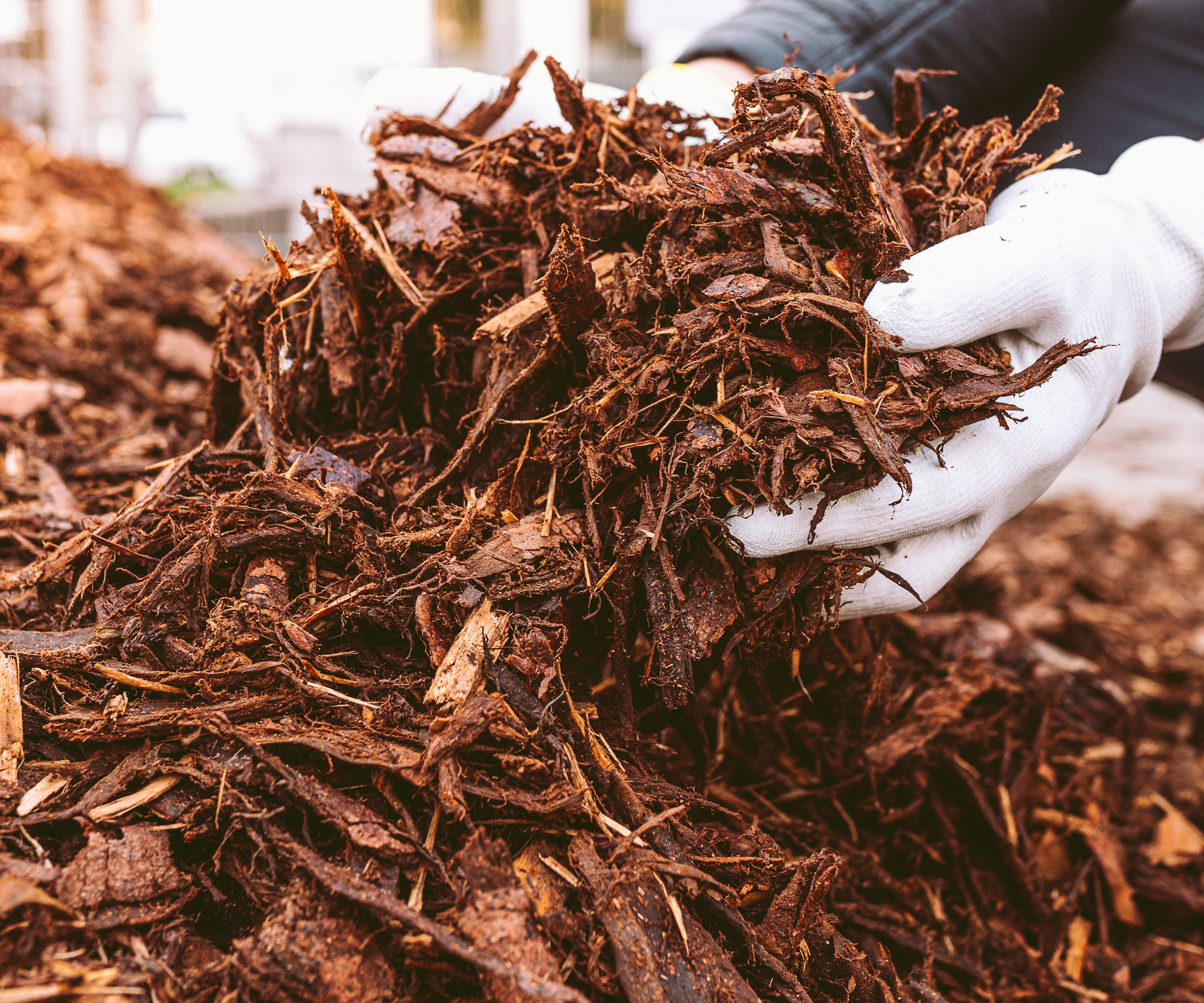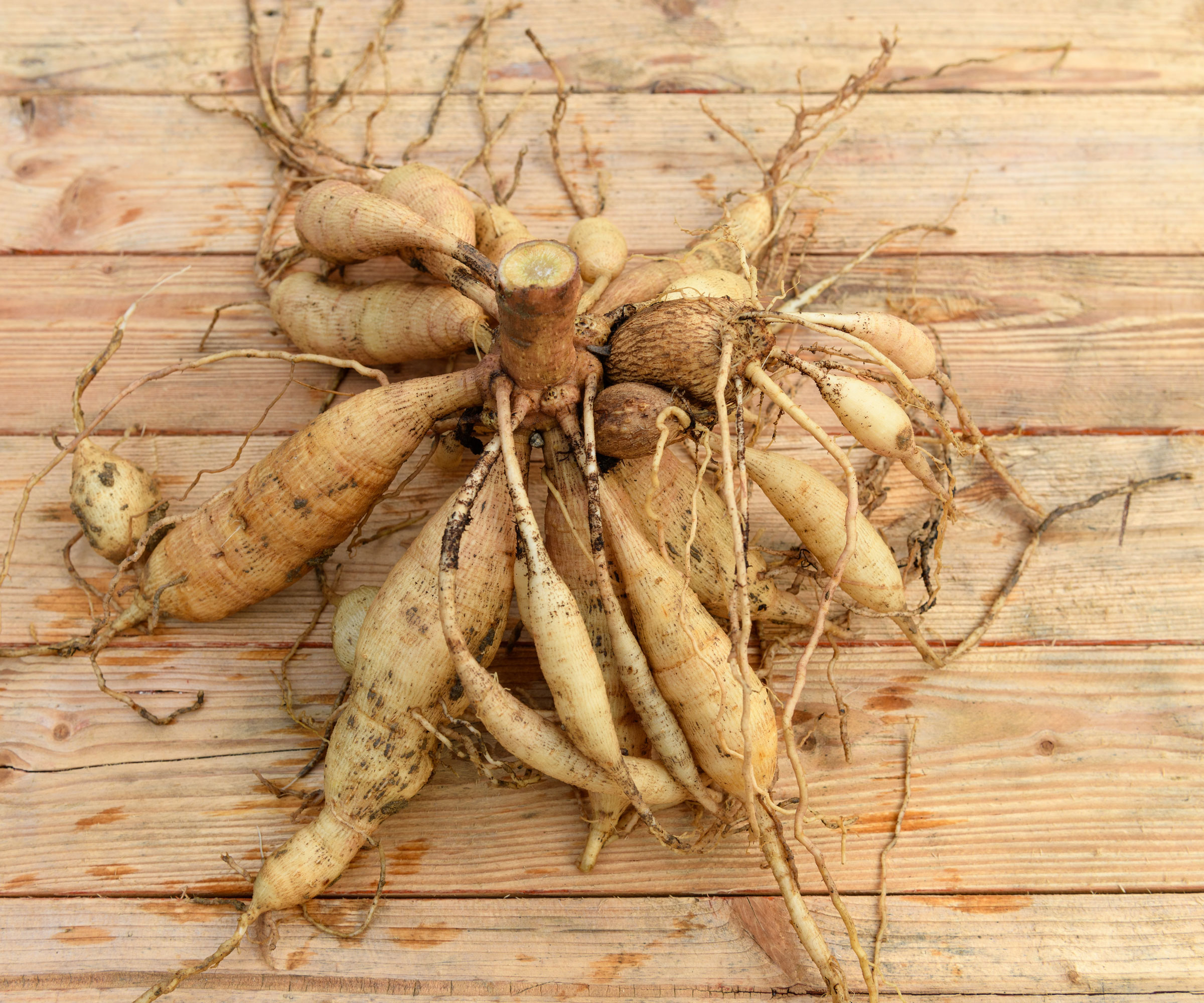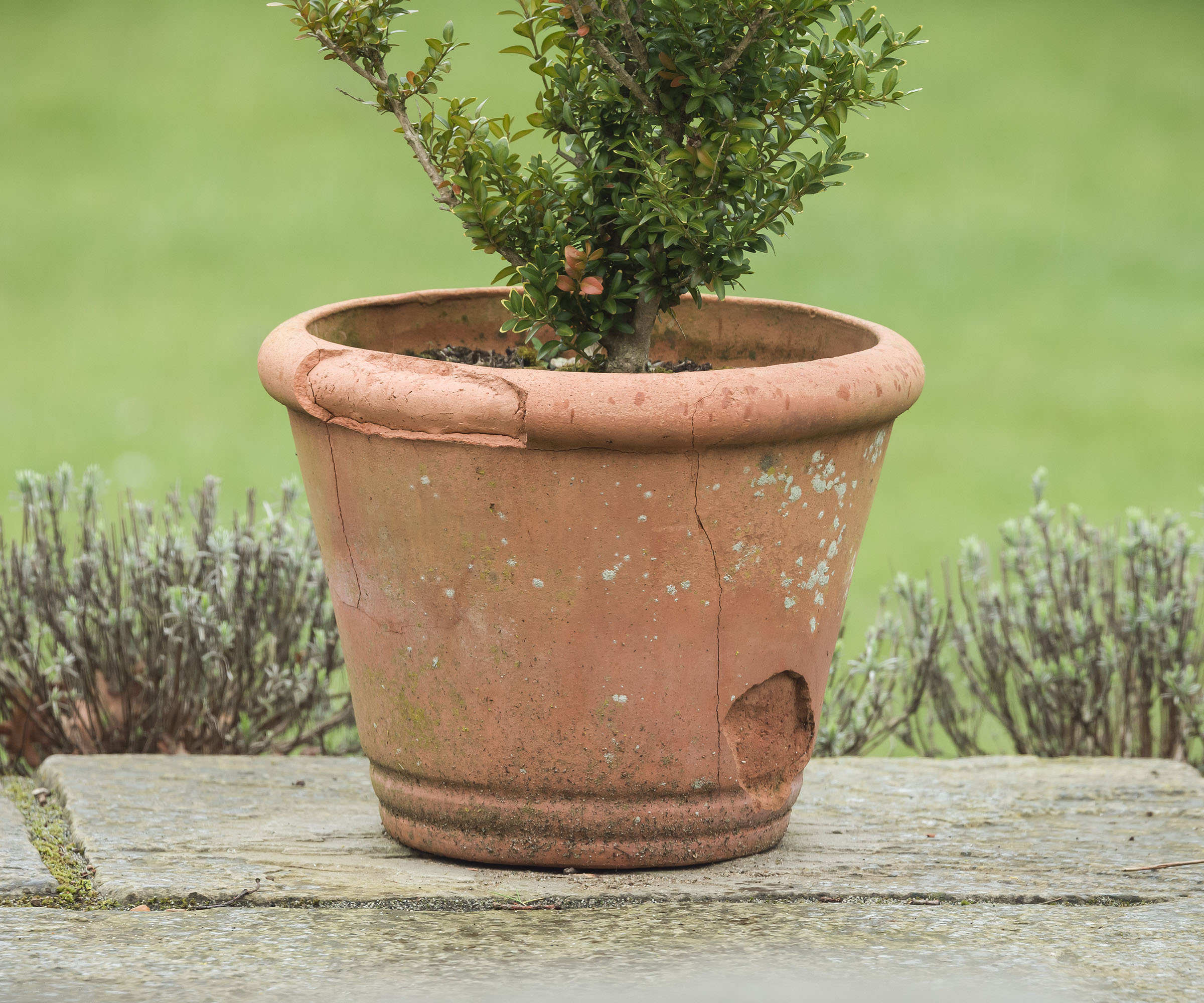Avoid a Costly Mistake! Do These 3 Garden Tasks Before the First Frost to Save Yourself in Spring
If you want your garden to spring back to life next year, take care to do these essential garden jobs now...


In the bleak midwinter, frosty wind does more than moan; in fact, all it takes is one snap of freezing weather to undo an entire season of work in your garden. Even if the days still feel mild, those overnight dips can creep up quickly, which is why it’s important to prioritise those garden tasks you have to do before the first frost hits.
Yes, to make sure your garden wakes up healthy next spring rather than frostbitten and lifeless, you need to pay extra special attention to all of those beds, bulbs, and containers at risk. Which means, yes, there’s three very important tasks to add to your fall garden guide.
None of these jobs take very long, and all are happily simple to do, too. Still, skip them and you may find yourself mourning cracked pots, mushy tubers, or struggling perennials come springtime… and nobody wants that, do they?
1. Mulch While the Soil Is Still Warm

Mulching isn’t just for looks; it’s one of the simplest ways to winterize plants all season long (think of it as a warm blanket for your soil). Take care to mulch perennial plants for winter, then, by spreading 2-4 inches of shredded leaves, pine straw, compost, or Amazon's Premium Brown Wood Mulch around their bases before the ground freezes.
Doing this garden task before the first frost helps regulate soil temperature, reduce water loss, and protect roots from freeze-thaw cycles. In colder USDA Hardiness Zones (3–6), aim for the thicker end of that range for extra insulation.
It’s also worth doing the same around your shrubs and trees, too, if you can. Just take care not to pile mulch directly against stems or trunks, as this can cause rot; instead, leave a slight gap around the base so air can circulate.
2. Lift Tender Plants and Bulbs
Gladiolus bulbs and dahlia tubers simply won’t survive freezing ground – and the same goes for cannas, elephant ears, and geraniums, which are not frost-hardy in most of the country.
Sign up for the Gardening Know How newsletter today and receive a free copy of our e-book "How to Grow Delicious Tomatoes".
If you’re in USDA Zones 3–7, then, make time to dig up tender bulbs and tubers before the first hard frost. Shake off excess soil and let them dry for a few days, before packing them in newspaper and storing them in a cool, dark place like your basement or garage.
In USDA Zones 8–10? While you can leave tender plants in the ground, take care to cover them with mulch or something like Amazon’s SnugNiture Plant Covers Freeze Protection when temperatures dip into the low 30s.

If you grow tender plants in containers (such as tender geraniums), the solution is simple: move them indoors to a sunny spot, or pop them somewhere that’s more sheltered, like an enclosed porch.
3. Clean and Store Your Pots Before They Crack
Terracotta, ceramic, and even some concrete pots may look sturdy, but once water gets inside and freezes, they can crack or crumble. It’s heartbreaking to lose a favorite planter from your container garden, especially when it’s preventable, so prepping yours is one of the garden tasks you have to do before the first frost hits.
It’s simple enough; just empty your unused plant pots and gently scrub away any remaining soil or mineral buildup, before letting them dry out completely. Moisture is the enemy here, people!
Then, store them somewhere protected from repeated freeze-thaw cycles (a shed, garage, covered porch, or even stacked under a workbench will do) or, if there are no other options, try turning them upside down on wood or bricks to keep them off cold ground and prevent water from collecting inside.

If your pots have plants in them, try clustering them together in a sheltered spot for added protection. If bringing them indoors isn't an option and things are set to get very nippy, you could also wrap them in burlap, bubble wrap, or one of Amazon's Plant Pot Covers for Winter Freeze Protection.
Spending one afternoon on these three garden tasks you have to do before the first frost hits can save you from a lot of disappointment come spring. It’s the difference between starting the season with thriving beds, ready-to-plant bulbs, and uncracked pots, or scrambling to replace everything you lost to one cold night.
So check your local frost date, grab your gloves, and treat it like a seasonal ritual. Your spring garden begins now.

Kayleigh is an enthusiastic (sometimes too enthusiastic!) gardener and has worked in media for over a decade. She previously served as digital editor at Stylist magazine, and has written extensively for Ideal Home, Woman & Home, Homes & Gardens, and a handful of other titles. Kayleigh is passionate about wildlife-friendly gardening, and recently cancelled her weekend plans to build a mini pond when her toddler found a frog living in their water barrel. As such, her garden – designed around the stunning magnolia tree at its centre – is filled to the brim with pollinator-friendly blooms, homemade bird feeders, and old logs for insects to nest in.